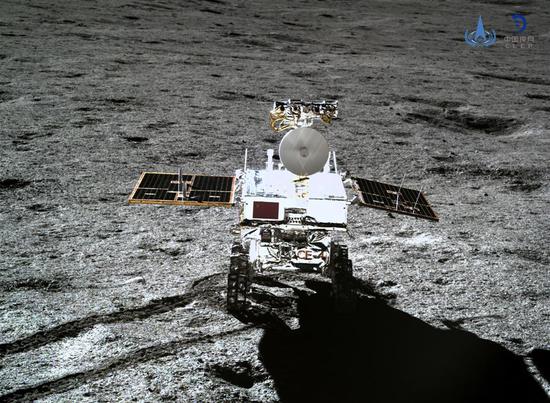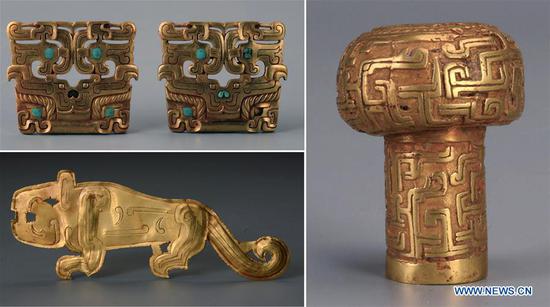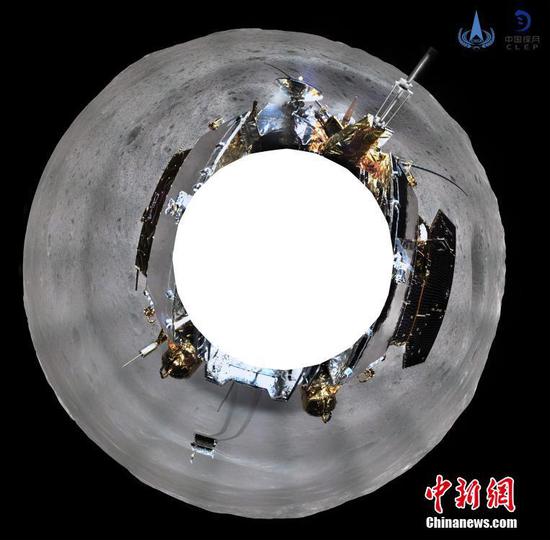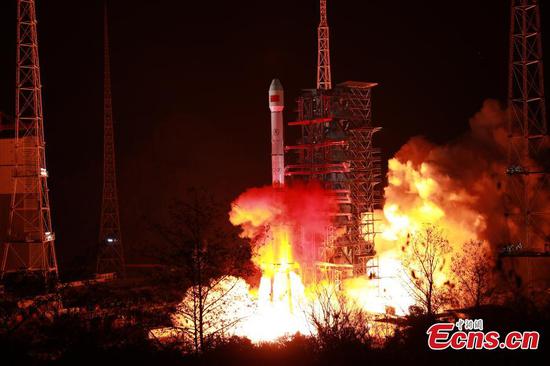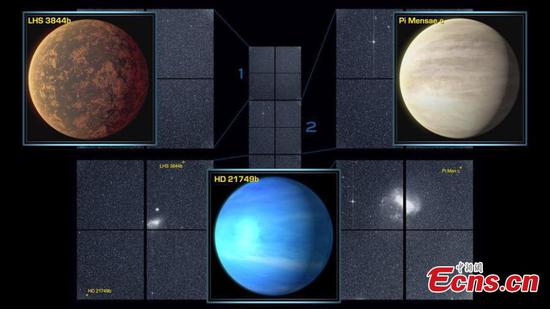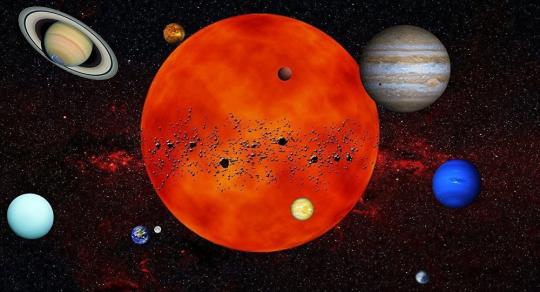
Astronomers have detected ultra-brief repeating energy bursts from deep space for only the second time in history, with some suggesting they could be evidence of advanced alien life. Several researchers shared their views with China Daily writers Zhang Zhouxiang and Wang Yu:
Shi Hao, a researcher of space technology
Even if there is the possibility an extraterrestrial civilization sent the fast radio bursts (FRB), the distance to us is beyond the reach of any technology we can image.
A little comparison will explain how far away the origin of the signal is from us. The average distance from the Earth to the sun is called an Astronomical Unit (AU), and it takes light from the sun about eight minutes to reach the Earth.
Voyager 1, human kind's longest travelling device that started in 1977, is now 145 AU from the Earth after 42 years of travelling, yet that's only 0.23 of one light-year.
It would take more than 18,491 years for Voyager 1 to travel one light-year, and the distance to the origin of the FRB is 1.5 billion times that.
From a large perspective, some scientists believe the radius of the universe is 13.7 billion light-years; The FRB signal this time has travelled about one ninth of that to reach us.
Ge Jian, a professor on astronomical studies at the University of Florida
The origin of the FRB is far from us, not only in terms of space, but also in terms of time. More exactly speaking, in the study of the universe, time and space are the same concept.
In other words, the signal of the FRB was sent at least 1.5 billion years ago, and the Earth then was still in Proterozoic Eon on its geological chronology. There were no dinosaurs on the Earth then. It was mainly occupied by ancient algae and bacteria, and it would take another 2.8 billion years for dinosaurs to appear.
With more wide-angle radio telescopes being put into use in the future, scientists are expected to observe more similar FRBs and solve the mystery.









